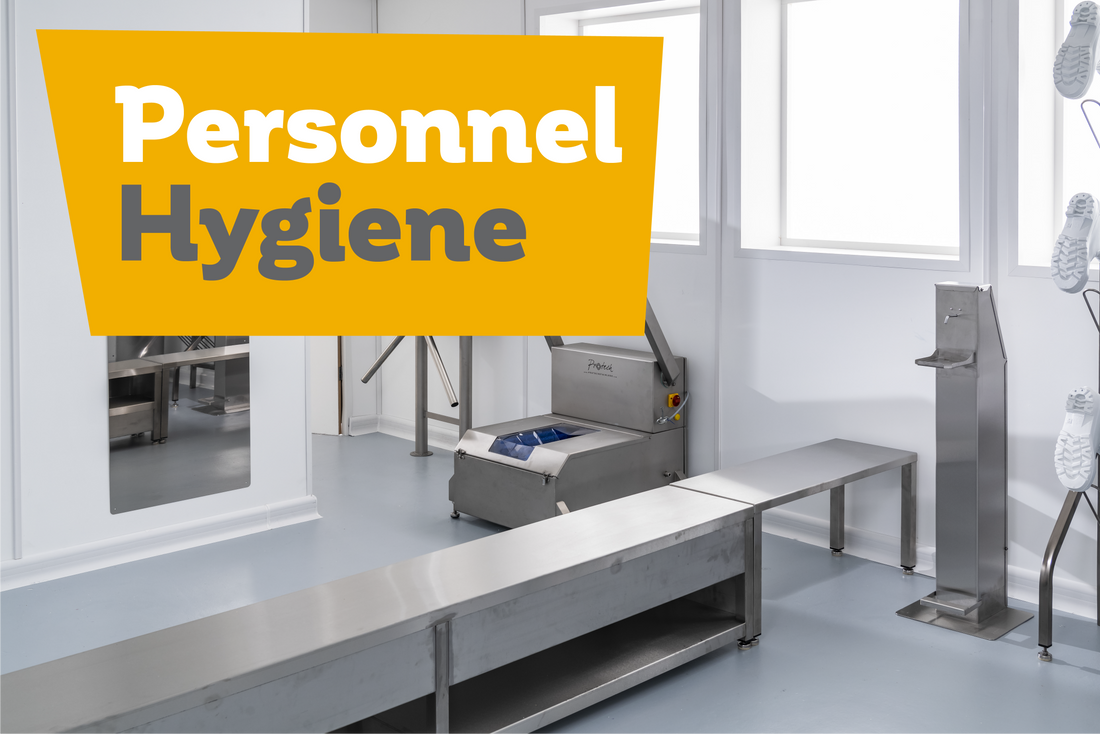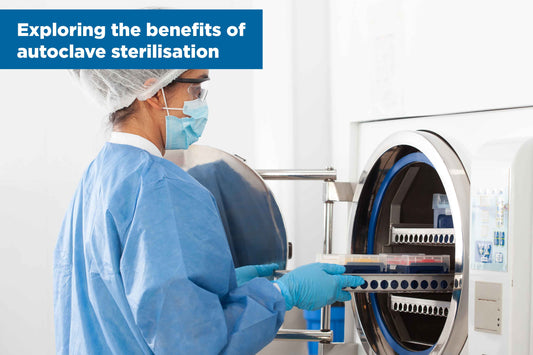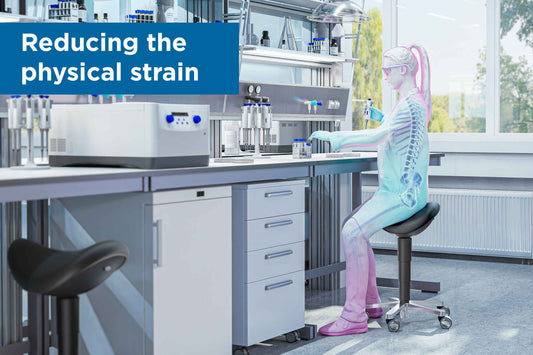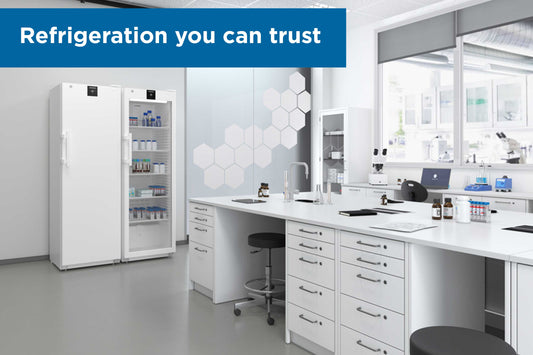If we’re honest, there are very few people who get excited about cleaning, but that doesn’t detract from how important it is to hygiene-critical sectors, such as food processing or labs and cleanrooms. There are two groups that take cleaning very seriously indeed: the first are the auditors (BRC for food and CTA for cleanrooms), who are tasked with ensuring hygiene standards are upheld; the second are the hygiene managers, whose remit is to make facilities adhere to industry guidelines and best practice so, ultimately, there is no disruption to production or risk of contamination entering the product and reaching consumers.
Given all that’s at stake, you can probably imagine both would be highly stressful jobs, but especially the latter. By far the best way businesses can mitigate risk on a long-term basis is to encourage a hygienic culture within the workplace. This has benefits over and above keeping the auditor happy, and keeping production running; a clean workplace supports health and safety and promotes effective operations which, if done properly, can actively reduce operating expenses.
You are the weakest link
The greatest element of risk in any hygiene-controlled workplace is the most unpredictable – the human factor. It’s an uncomfortable truth that no matter how thorough your cleaning procedures are or how strictly you enforce your PPE policy, some people’s personal hygiene won’t always meet the professional standards you might expect.
It’s hard to gauge exactly what microorganisms might come into the workplace on staff’s hands unless you’re prepared to carry out spot check swab tests. However, the implications are very serious: the unpleasant truth is that 80 per cent of infections, including campylobacter and listeria, are spread by touch.
The best way to minimise the risk of harmful bacteria, viruses, or other pathogens entering the facility is actually very simple - a clear hygiene regimen. While signage and strategically placed wash troughs will go some way to ticking the right boxes at the audit, you simply cannot guarantee everyone washes their hands, or follows every little procedure, every time.
The safest approach is simply to take away the option, this can actually be far less draconian than it might sound. Having a well thought out changing room and gowning flow that intuitively guides the staff through each section – without the opportunity to deviate – can help minimise the risk of contaminants entering the facility.
It’s also about the small details. Installing hygienic door handles that dispense viricidal hand gel when pulled, for example, makes it harder to avoid cleaning your hands than not. This approach is non-intrusive and can significantly eliminate risk factors if deployed thoughtfully.
Putting hygienic obstacles in front of your staff before they reach the production area or cleanroom is a huge benefit, but it doesn’t solve the whole problem. Effective personnel hygiene practices need to be backed up with company-wide processes that reinforce the hygienic culture, while also protecting efficiency and productivity.
Create a cleanliness culture
Making sure your facility is clean and hygienic is the first step to ensuring personnel hygiene. Expecting staff to comply with hygiene regulations while providing dirty facilities is counter productive and doesn’t engender a hygienic culture. You get out what you put in, so hygienic facilities means a hygienic workforce.
Provide the right resources
Making sure that employees have access to the right resources they need to maintain personal hygiene is of the utmost importance. It isn’t just about the furniture, it’s the smaller items that can get lost in the shuffle. Maintaining stocks of soap, sanitiser, hairnets, shoe covers, clean towels and protective clothing will make sure hygiene protocols are consistently followed.
Regular training
In addition to providing the right resources, regular updated training sessions should be put in place to keep staff up to date on the latest hygiene procedures, such as handwashing techniques, disposal of waste and contamination prevention protocols. The FSA recently found that an estimated 600,000 of foodborne illness each year in the UK is caused by improper handwashing by food handlers alone.
Clear expectations
Setting clear expectations around hygiene can motivate staff to keep up with cleanliness routines. Vagueness is your enemy, so provide your staff with clear guidelines and rules around hygiene in your employee handbook and regular staff communications.
Setting a good example
Your employees are more likely to follow your hygiene guidelines if they see that those same guidelines are followed by everyone in the company; from the director right down to the production floor. A hygienic culture isn’t just about the production staff, but should be followed from the top down.
Enforce the rules
Any guidelines or rules communicated in the employee handbooks and communications is worthless unless enforced by the company. Taking action against employees who do not comply with hygiene rules and guidelines sends a clear message to the rest of the workforce that those rules are there for a reason and must be followed.
The right man for the job
Employing a hygiene manager is a great way to make sure that your hygiene rules and regulations are followed and enforced. Having a dedicated hygiene manager can not only enforce personnel hygiene rules, but also ensure that you comply with BRC standards.
Work with auditors
An auditor isn’t the enemy. It is their job to make sure than BRC standards are enforced and that you are following the correct hygiene protocols, so it is beneficial to work with them to ensure that your facility and workforce are BRC compliant.
Conclusion
Hygiene is business critical and, by necessity, places a significant demand on resources. Developing a hygienic culture and making sure your staff and facilities are compliant with hygiene standards goes a long way to easing resource demands and ensuring productivity remains high.
The greatest risk factor is the human element, so use hygienic design and strategies to make hygienic best practice second-nature. This will ultimately afford greater peace of mind for all stakeholders, both internal and external, in the longer term.
Teknomek are the UK’s leading supplier of hygienic furniture and equipment in the UK.




